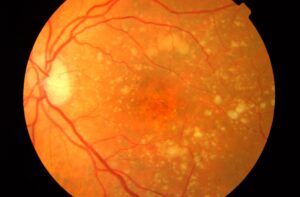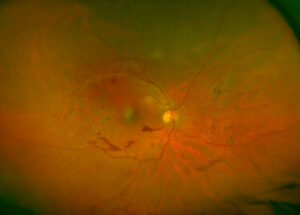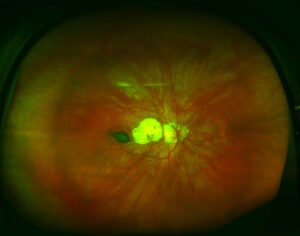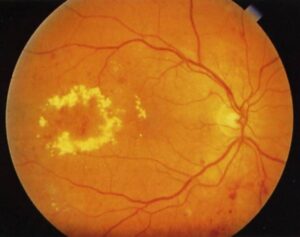Treatments
Intraocular injections
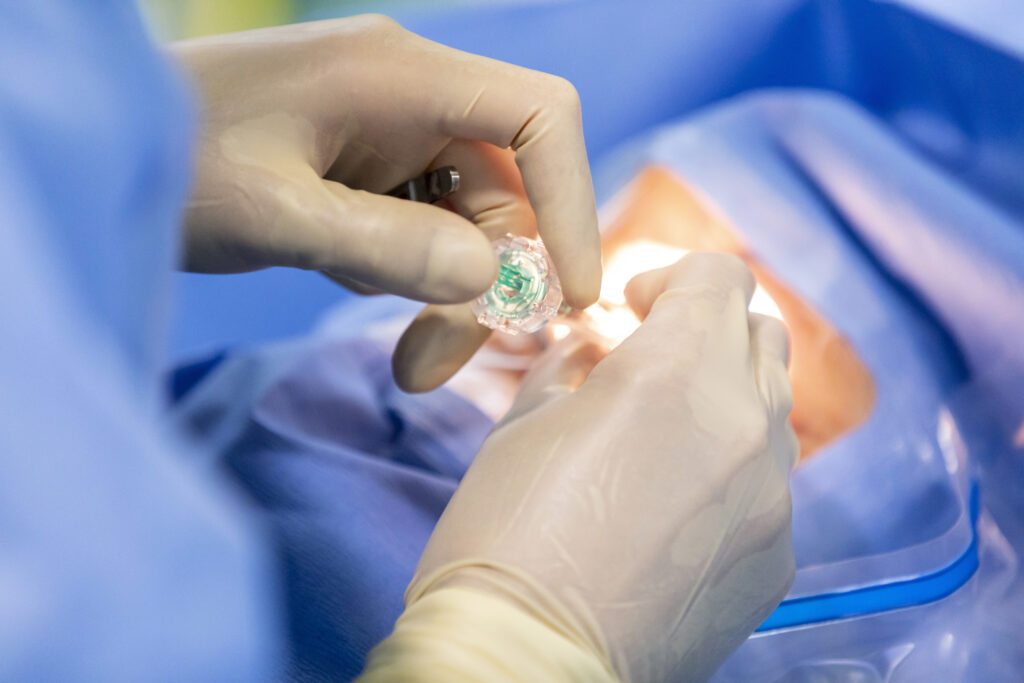
What are intraocular injections?
Intraocular injections, also called intravitreal injections, consist of drugs that are administered directly into the eye, specifically, into the vitreous (transparent gel that fills the eyeball and is in direct contact with the retina).
These drugs, introduced by means of a very fine needle, make it possible to act on different types of retinal diseases, particularly macular oedema (caused by diabetes or other vascular diseases) and age-related macular degeneration (AMD). By acting specifically on the eye, we achieve a greater local effect and avoid systemic side effects.
To achieve sustained improvement, it is necessary to repeat intraocular injections periodically, according to the frequency indicated by the specialist. At present, there are several studies underway, in which we are participating at the Miranza clinics to develop increasingly long-acting drugs and establish new combinations and therapeutic strategies.
Eye diseases treated by intraocular injections
Intraocular or intravitreal injections slow down to a large extent the evolution of diseases affecting the retina and its central and most predictable area of vision: the macula. Moreover, in about half of the patients, they also allow some vision to be recovered.
Recovery
Despite the discomfort that can be caused by going to the ophthalmologist often to perform this treatment, the truth is that it is a quick (less than 10 minutes) and little annoying procedure. We perform it under topical anaesthesia with drops and on an outpatient basis in the operating room or even in the doctor’s office, prepared with all aseptic measures.
You do not need to make any preoperative preparation nor do you need to follow great postoperative care, so you can lead a normal life, except for sudden movements or great efforts during the first days. It is also important that you do not rub your eyes (especially if your hands are not clean), a gesture that, in any case, we always recommend you to avoid. Although after the intraocular injection you may notice some itching or other eye discomfort, such as redness, tearing or a foreign body sensation in the eye, this is temporary and should not worry you.
